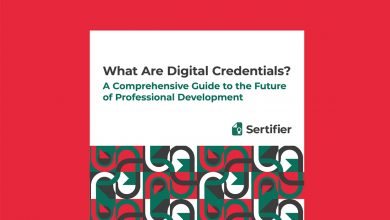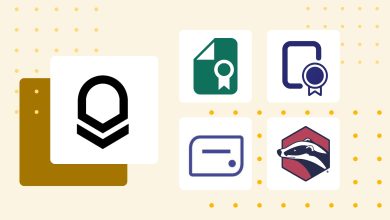What is Digital Credentials Solutions: Digital Certificates & Badges
Table of Contents
The transition from traditional paper credentials to digital formats is becoming increasingly important for almost every field of our lives– educational institutions, businesses, and professional organizations. Credential solutions, including digital badges, micro-credentials, and digital certificates, offer infinite benefits ranging from enhanced security to greater accessibility. This detailed examination will cover the various types of credential solutions, their benefits, and how organizations can leverage these tools to improve verification processes and highlight achievements in a secure, verifiable manner.
What Are Credentials Solutions?
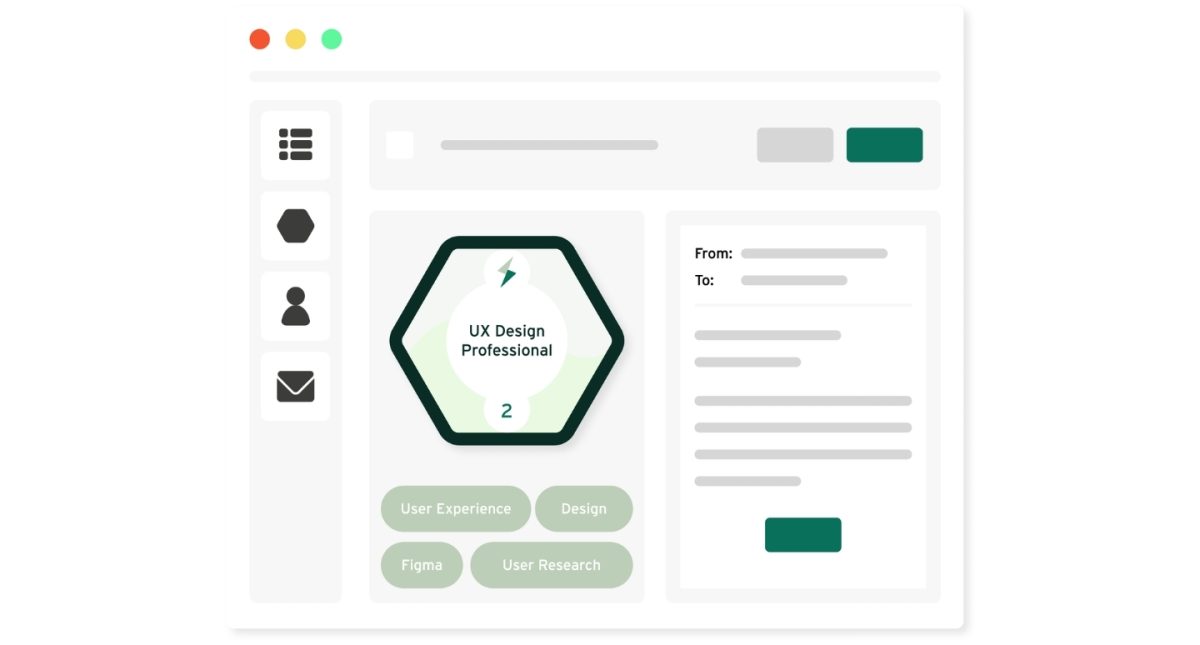
Credential solutions encompass the methodologies and technologies used to provide digital verification of an individual’s or organization’s identity, qualifications, or competencies. These solutions are practical in different contexts, from education and employment to security and access control, ensuring that credentials are accurately and securely verified and managed. Digital credentials are the electronic equivalents of paper-based certificates, ID cards, or diplomas. These electronic credentials are issued by a range of entities including educational institutions, professional associations, and corporate bodies, providing authenticated proof of an individual’s achievements, skills, or qualifications. The primary advantage of digital credentials over their physical counters lies in their adaptability to our fast and digital-centric world. They are created primarily for quick sharing and verification across the internet, dramatically improving their accessibility and functionality. This digital format amplifies the process of credential verification and significantly enhances the ease with which individuals can manage and present their professional and educational accomplishments to potential employers, educational institutions, and professional groups.
Types of Digital Credentials
Digital credentials is a broad term encompassing various forms of online verification of achievements and qualifications. Among the various types of digital credentials, three prominent ones stand out: Digital Badges, Micro-credentials, and Digital Certificates. Each of these plays a vital role in how individuals and organizations demonstrate competencies, learning outcomes, and professional developments in a digital context.
Digital Badges
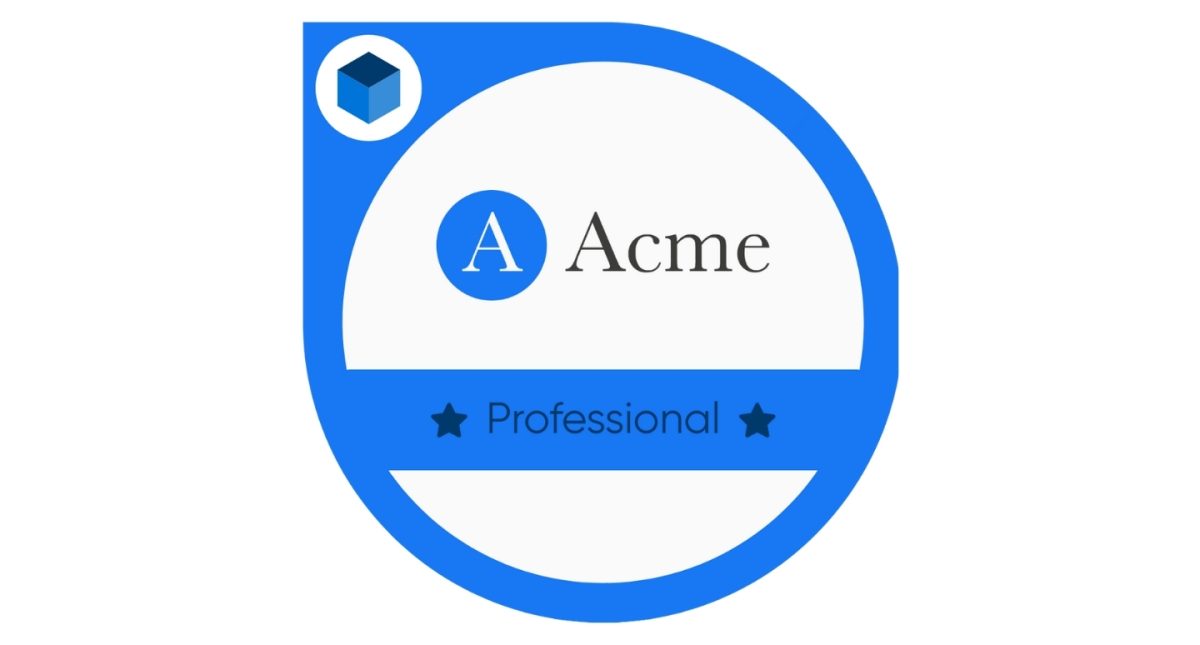
Digital badges serve as digital representations of specific skills, accomplishments, or achievements. These badges often contain embedded metadata, including information about the issuer, the criteria for earning the badge, and the date it was issued. One of the key features of digital badges is their versatility—they can be easily shared and displayed across a wide range of platforms, including social networks, digital resumes, and email signatures. For example, a professional who completes an online course on project management may receive a digital badge that they can showcase on their LinkedIn profile, providing tangible evidence of their expertise in that area. Digital badges serve as a form of recognition and as a means of validating skills and competencies in today’s highly competitive job market.
Micro-credentials
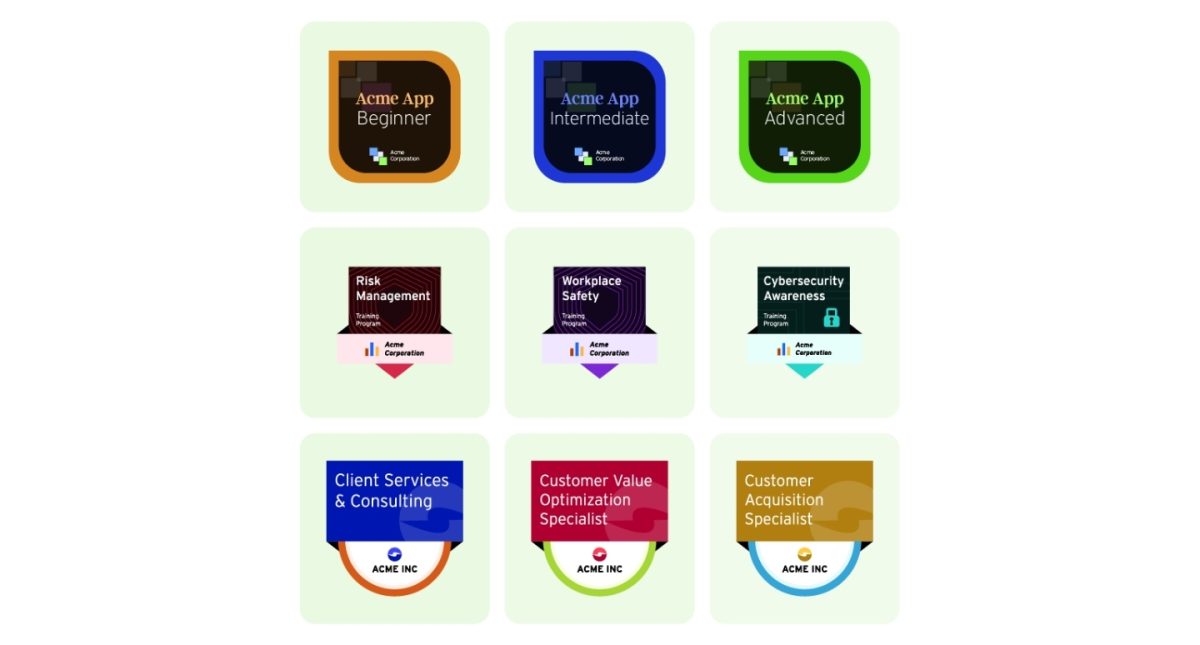
Micro-credentials are focused on specific skills or competencies that are typically part of a larger curriculum or professional development program. Unlike traditional degrees or certifications, micro-credentials are designed to be modular, allowing individuals to acquire targeted skills or knowledge in a flexible manner. These credentials are particularly valuable for professionals seeking to enhance their skills or pivot into new areas of expertise. For example, someone working in marketing may pursue micro-credentials in data analytics or social media marketing to stay competitive in the field. Micro-credentials can be stacked or combined to build up to a larger qualification, providing learners with a customizable and agile pathway to achieving their career goals.
Digital Certificates
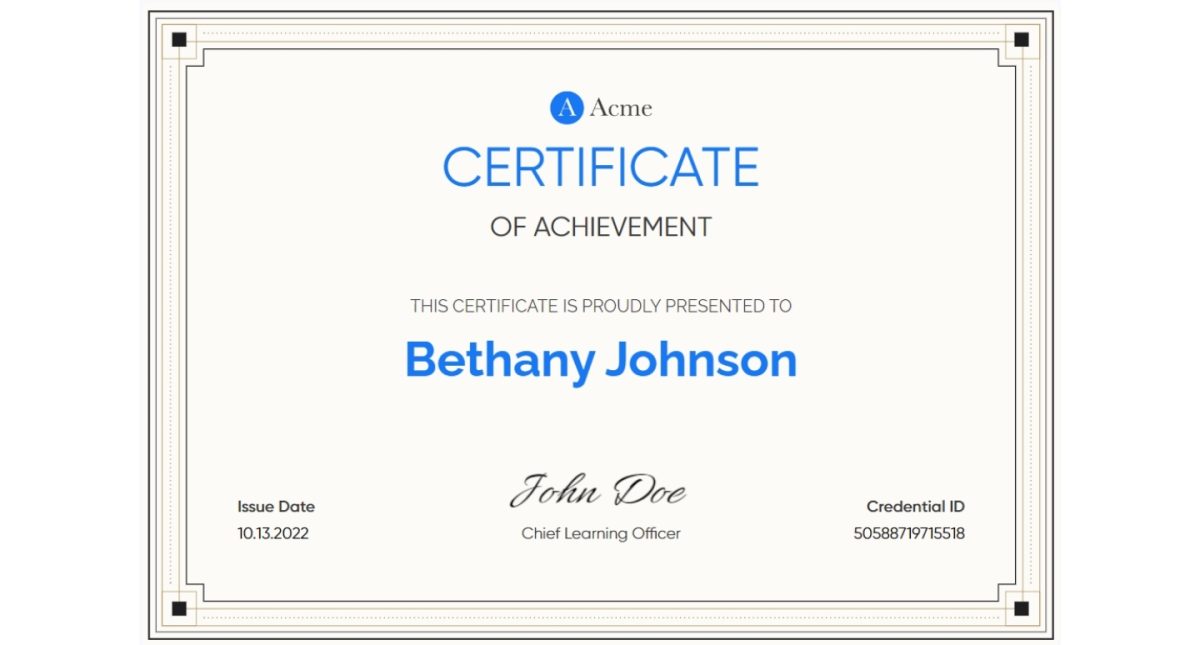
Digital certificates are used to formally recognize significant achievements, such as completing degree programs, professional certifications, or training courses. These certificates serve as digital equivalents of traditional diplomas or certificates and can be easily shared with employers, educational institutions, or professional networks. Digital certificates offer several advantages over their paper-based counterparts, including enhanced security, accessibility, and shareability. For instance, a graduate of an online master’s program may receive a digital certificate that they can securely share with prospective employers or include in their professional portfolio on platforms like LinkedIn. By providing verifiable proof of academic or professional accomplishments, digital certificates play an impactful role in validating individuals’ credentials in today’s digital landscape.
Advantages of Digital Credentials
In today’s ever-evolving world of credentialing, digital credentials have truly revolutionized how achievements are acknowledged and validated. Unlike the traditional paper certificates of yesteryears, digital credentials bring a whole array of benefits that cater to the needs of both issuers and recipients. By tapping into the power of technology, credential solutions streamline the entire process, making it more efficient and accessible than ever before. In this digital age, the perks of digital credentials go well beyond mere convenience, opening up new avenues for recognition and verification.
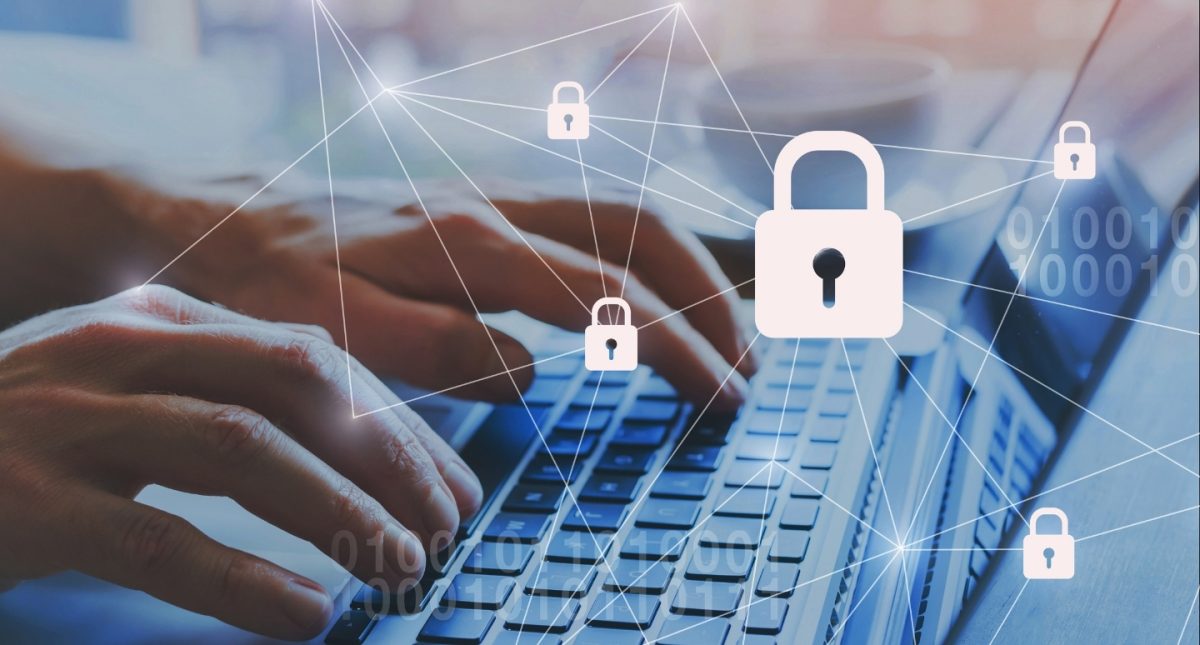
Security
One of the primary advantages of digital credentials is enhanced security. Digital credentials are often built on secure technologies like blockchain, which ensures that they are tamper-proof and resistant to forgery. Each digital credential is cryptographically signed, providing a unique identifier that can be easily verified. This significantly reduces the risks associated with fraud and misrepresentation, providing greater confidence in the authenticity of the credentials.
Portability
Digital credentials offer unparalleled portability, allowing recipients to access and share their credentials from anywhere, at any time. Unlike traditional paper-based certificates, which may be easily misplaced or damaged, digital credentials can be stored securely in digital wallets or online platforms. Recipients can then conveniently share their credentials with employers, educational institutions, or other relevant parties via links, QR codes, or digital badges. This portability makes digital credentials highly convenient for mobile use, enabling seamless access to important qualifications and achievements.
Verification
Instant verification is another significant advantage of digital credentials. With traditional paper-based certificates, verifying the authenticity of a credential can be a time-consuming and labor-intensive process, often involving manual checks and verification procedures. In contrast, digital credentials can be instantly verified using digital verification tools and platforms. Recipients can provide a link or QR code to their digital credentials, allowing employers or educational institutions to quickly and easily confirm the validity of the credentials with just a few clicks. This streamlined verification process saves time and effort for both issuers and verifiers, facilitating smoother credentialing processes.
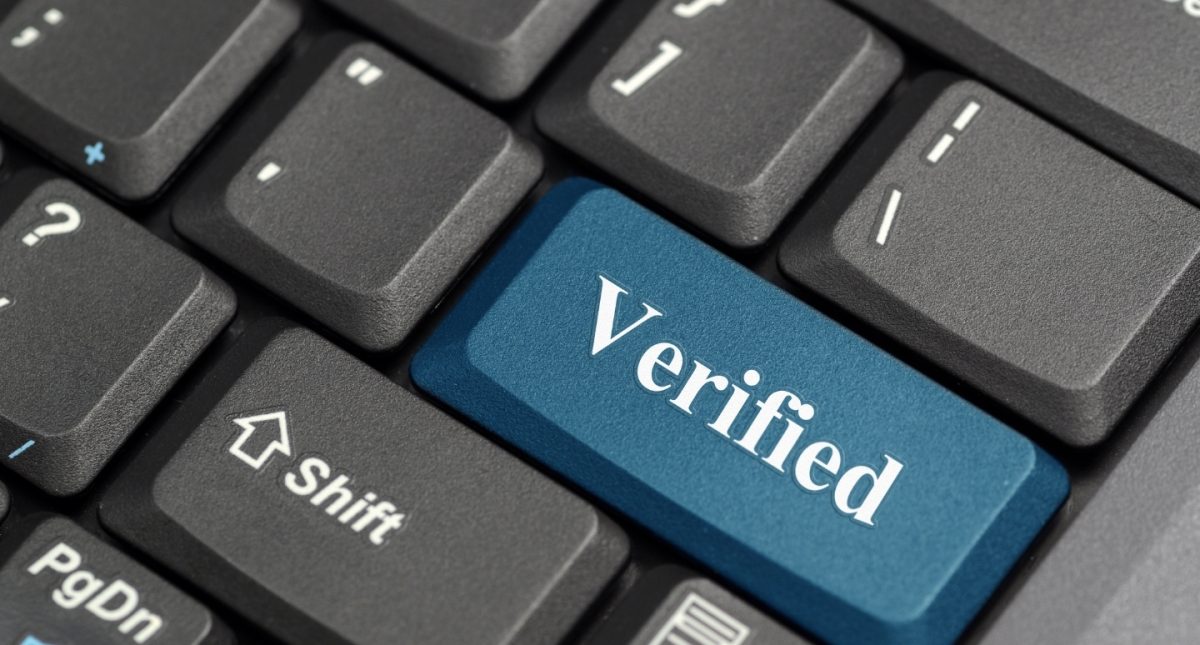
Cost-Effectiveness
Digital credentials offer cost-saving benefits for issuers by reducing the need for physical printing, storage, and distribution. With traditional paper-based certificates, issuers incur expenses related to printing materials, postage, and storage facilities. Additionally, the administrative overhead associated with managing paper-based credentialing processes can be significant. By transitioning to digital credentials, issuers can eliminate these costs and streamline their credentialing operations. Digital credentials can be issued and distributed electronically, reducing overhead costs and improving operational efficiency.
Eco-Friendly
Digital credentials offer a sustainable alternative to traditional paper-based certificates, contributing to environmental conservation efforts. The production and distribution of paper-based certificates have significant environmental impacts, including deforestation, energy consumption, and waste generation. By eliminating the need for paper, digital credentials help reduce the demand for natural resources and minimize the carbon footprint associated with credentialing processes. This eco-friendly approach aligns with global efforts to promote sustainability and reduce environmental degradation.
Challenges and Misconceptions
As digital credentials continue to gain prominence in credentialing, they also bring along their fair share of challenges and misconceptions. One of the primary challenges faced by issuers is effectively communicating the value of digital credentials to their learners. Many individuals may not fully understand the benefits of digital credentials or may be hesitant to embrace new technologies. This lack of awareness or reluctance can pose a barrier to adoption, as learners may perceive traditional paper-based certificates as sufficient or more familiar. To address this challenge, issuers need to engage with candidates to gauge their knowledge of and interest in digital credentials. By educating learners about the advantages of digital credentials, such as instant verification and portability, issuers can help dispel misconceptions and encourage adoption.
Another common concern among issuers is the perceived complexity of transitioning to digital credentialing systems. Some organizations may worry that implementing a digital credential platform will require them to replace their existing internal systems or undergo extensive training. However, many digital credential platforms, such as Sertifier, offer seamless integration and have user-friendly interfaces. By engaging with learners to communicate the value of digital credentials, and selecting the right platform for seamless integration, you can overcome these challenges and unleash the benefits of digital credentialing.
Finding the Right Platform
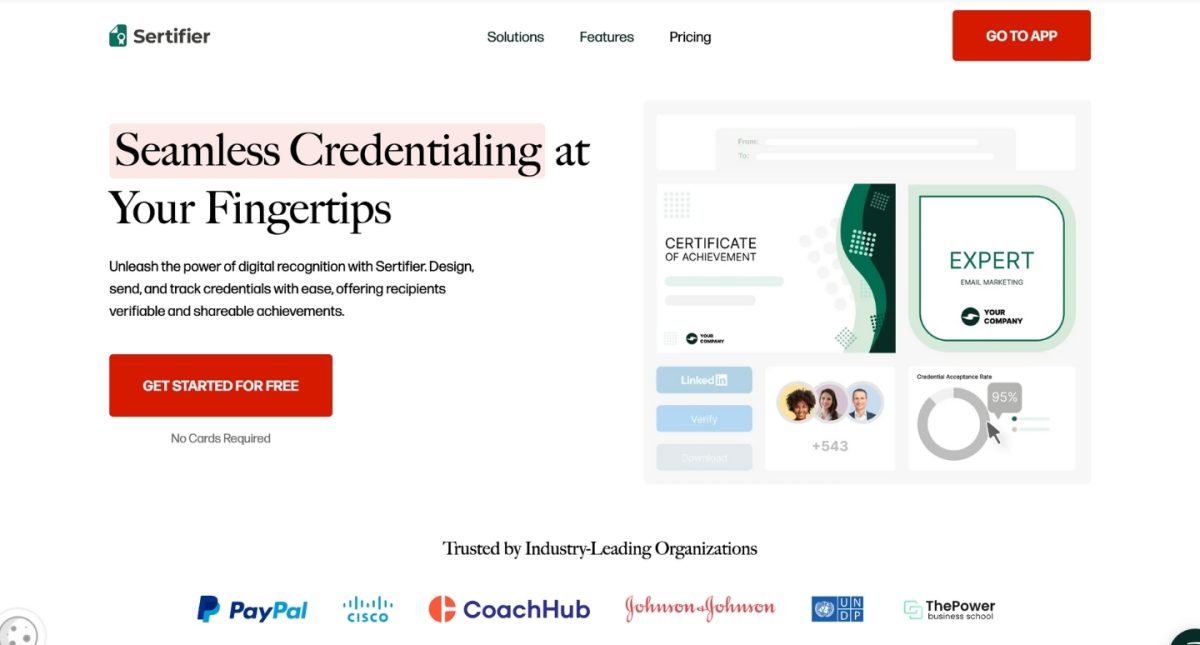
Selecting the right digital credentialing platform is a crucial decision for any organization. Sertifier is a powerful digital credentials management platform that offers organizations a comprehensive solution for designing, issuing, and managing digital certificates and badges.
Selecting the right digital credentialing platform can be a game-changer for any organization looking to streamline its credentialing process and enhance its brand recognition. Choosing a digital credentialing platform like Sertifier is a smart investment for any organization looking to modernize its credentialing process and improve its brand visibility.
Now, imagine you’re a forward-thinking organization committed to recognizing and rewarding the achievements of your employees, students, or members. You understand the importance of providing them with credentials solutions such as digital certificates and badges that are secure easily accessible and shareable.
With Sertifier, you have the power to design, issue, and manage digital certificates and badges effortlessly. Whether you’re awarding certifications for completing training programs, recognizing achievements in a professional setting, or acknowledging academic accomplishments, Sertifier provides customizable templates that allow you to tailor your credentials to fit your organization’s branding and messaging.
Find the Best Digital Credentialing Platform for Your Organization!
